
Heinrich Wilhelm "Heinz" Rühmann was a German film actor who appeared in over 100 films between 1926 and 1993. He is one of the most famous and popular German actors of the 20th century, and is considered a German film legend. Rühmann is best known for playing the part of a comic ordinary citizen in film comedies such as Three from the Filling Station and The Punch Bowl. During his later years, he was also a respected character actor in films such as The Captain from Köpenick and It Happened in Broad Daylight. His only English-speaking movie was Ship of Fools in 1964.
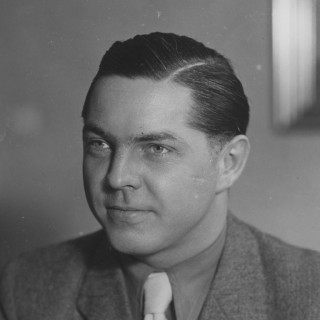
Fritz Hippler was a German filmmaker who ran the film department in the Propaganda Ministry of Nazi Germany, under Joseph Goebbels. He is best known as the director of the propaganda film Der Ewige Jude .
Robert Adolf Stemmle was a German screenwriter and film director. He wrote for more than 80 films between 1932 and 1967. He also directed 46 films between 1934 and 1970. His 1959 film Die unvollkommene Ehe was entered into the 1st Moscow International Film Festival. He was born in Magdeburg, Germany and died in Baden-Baden, West Germany.
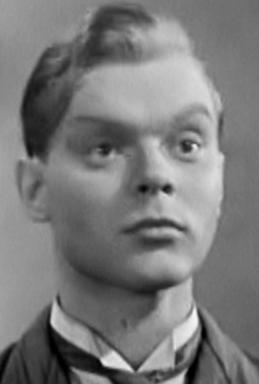
Hans Richter was a German film actor. He appeared in more than 130 films between 1931 and 1984, mostly in supporting roles. He was born in Brandenburg, Germany and died in Heppenheim, Germany.

The Man Who Was Sherlock Holmes is a 1937 German mystery comedy film directed by Karl Hartl and starring Hans Albers, Heinz Rühmann and Marieluise Claudius.

The Marriage Swindler is a 1938 German drama film directed by Herbert Selpin and starring Eduard von Winterstein, Viktoria von Ballasko and Kurt Waitzmann. It is sometimes known by the alternative title Die rote Mütze. The film's sets were designed by the art directors Max Knaake and Karl Vollbrecht.
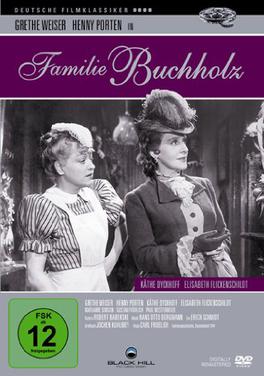
The Buchholz Family is a 1944 German drama film directed by Carl Froelich and starring Henny Porten, Paul Westermeier, and Käthe Dyckhoff. It is a family chronicle set in late nineteenth century Berlin. It is based on an 1884 novel by Julius Stinde. It was followed by a second part Marriage of Affection, released the same year. It was shot at the Tempelhof Studios in Berlin. The film's sets were designed by the art director Walter Haag.
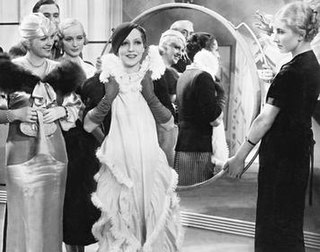
Just Once a Great Lady is a 1934 German comedy film directed by Gerhard Lamprecht and starring Käthe von Nagy, Wolf Albach-Retty and Gretl Theimer. Nagy plays a car saleswoman. The film's sets were designed by the art directors Otto Erdmann and Hans Sohnle. A separate French-language version A Day Will Come (1934) was also released, with Nagy reprising her role alongside Jean-Pierre Aumont.
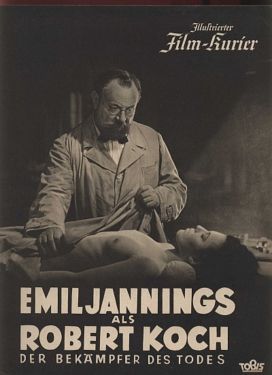
Robert Koch is a 1939 Nazi propaganda film directed by Hans Steinhoff and starring Emil Jannings, Werner Krauss and Viktoria von Ballasko. The film was a biopic of the German pioneering microbiologist Robert Koch (1843–1910). It was shot at the Johannisthal Studios in Berlin and premiered at the city's Ufa-Palast am Zoo. The film was made by the Tobis Film company, and was also distributed in the United States by the largest German studio UFA.

The Gasman is a 1941 German comedy film directed by Carl Froelich and starring Heinz Rühmann, Anny Ondra and Walter Steinbeck. It was shot at the Tempelhof Studios in Berlin and premiered in the city's Gloria-Palast. The film's sets were designed by Walter Haag. It was made by Froelich's separate production unit, and distributed by the major studio UFA.

The Orplid Mystery or Epilogue is a 1950 West German thriller film directed by Helmut Käutner and starring Horst Caspar, Bettina Moissi, and O.E. Hasse. The film did not perform well at the box office on its release.

Woman Made to Measure is a 1940 German comedy film directed by Helmut Käutner and starring Hans Söhnker, Leny Marenbach and Dorit Kreysler. Produced by Terra Film, it was shot at the Babelsberg Studios in Berlin. The film's sets were designed by the art director Willi Herrmann. It was based on the play of the same title by Erich Kästner.
The Big Light is a 1920 German silent film directed by Hanna Henning and starring Hermann Böttcher, Wilhelm Diegelmann, and Emil Jannings.

Decoy is a 1934 German adventure film directed by Hans Steinhoff and starring Jakob Tiedtke, Viktor de Kowa, and Jessie Vihrog. A separate French-language version, The Decoy, was released the following year with a largely different cast. It was shot at the Babelsberg Studios and on location in Hamburg, Turkey and the North Sea. The film's sets were designed by the art directors Artur Günther and Fritz Maurischat.
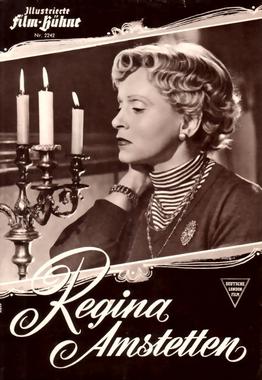
Regina Amstetten is a 1954 West German drama film directed by Kurt Neumann and starring Luise Ullrich, Carl Raddatz, and Carl Esmond.

The Grand Duke's Finances is a 1934 German comedy film directed by Gustaf Gründgens and starring Viktor de Kowa, Hilde Weissner and Heinz Rühmann. It is a remake of the 1924 silent film of the same name by F. W. Murnau. The film was made at the Staaken Studios in Berlin while location shooting took place in Madeira and Tenerife. The film's sets were designed by the art director Franz Schroedter.

Stradivari is a 1935 German drama film directed by Géza von Bolváry and starring Gustav Fröhlich, Sybille Schmitz and Harald Paulsen.
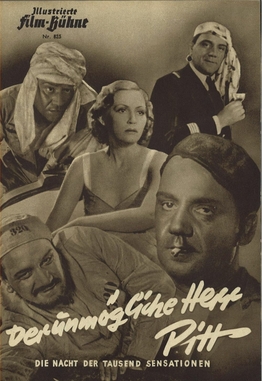
The Impossible Mister Pitt is a 1938 German adventure crime film directed by and starring Harry Piel. It also features Willi Schur, Leopold von Ledebur and Hilde Weissner. It was shot at the Babelsberg Studios in Berlin and on location off the coast of Split in Croatia. The film's sets were designed by the art directors Otto Erdmann and Hans Sohnle. It was based on the novel of the same title by Georg Mühlen-Schulte who also worked on the screenplay.

A Man Astray is a 1940 German comedy adventure film directed by Herbert Selpin and starring Hans Albers, Charlotte Thiele and Hilde Weissner. The film is an adaptation of the 1938 novel Percy auf Abwegen by Hans Zehrer. It was shot at the Halensee Studios in Berlin and the Bavaria Studios in Munich. Location shooting took place around Lake Starnberg in Bavaria. The film's sets were designed by the art directors Paul Markwitz and Fritz Maurischat. A financial success, it was produced and distributed by Tobis Film, one of Nazi Germany's leading film companies.

















